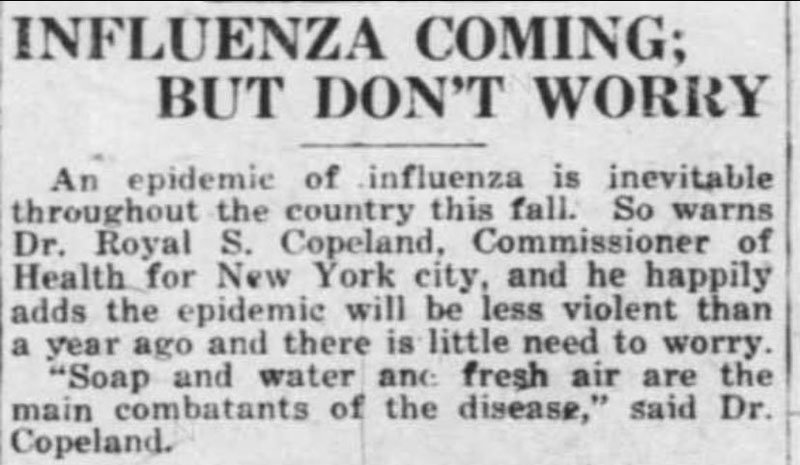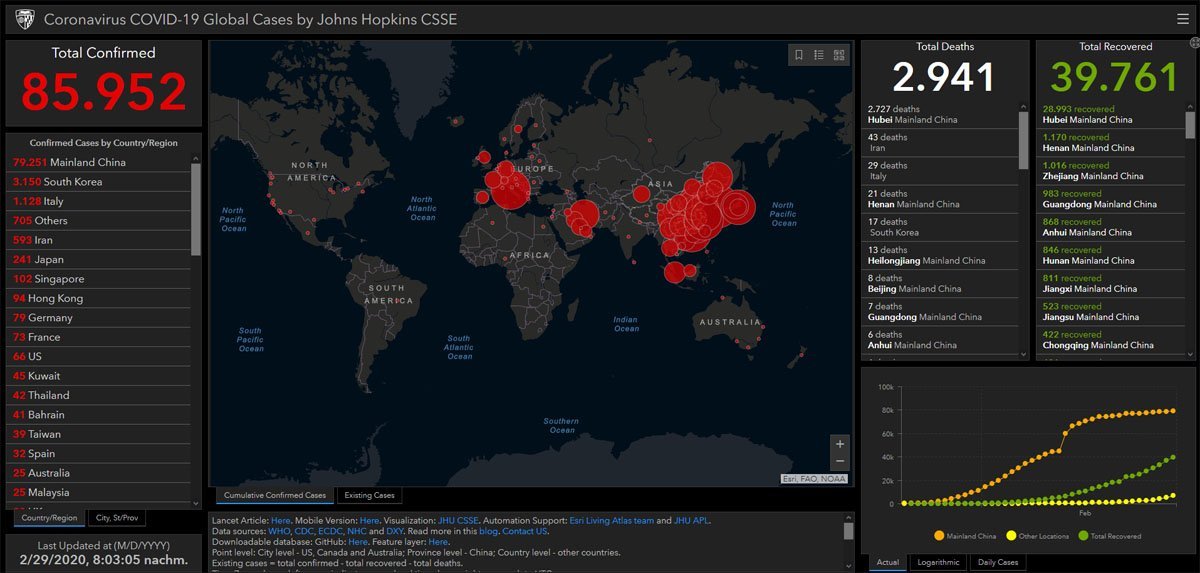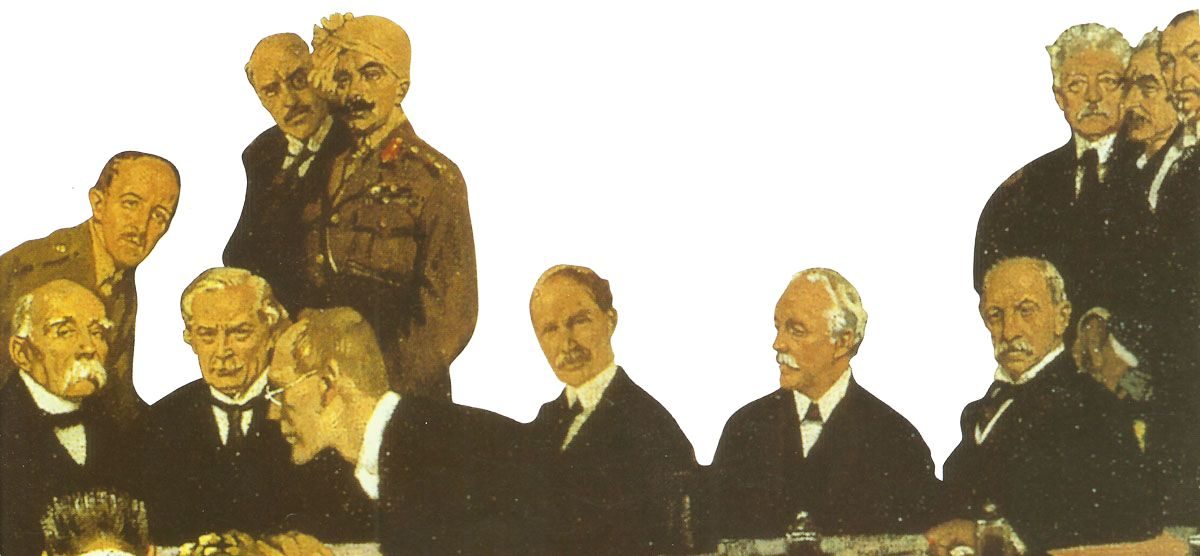The Spanish flue from 1918-1919 and its implications in comparison to the plague and actual Coronavirus.
Impact of the pandemics: occurrence, course and number of victims.

The Spanish flue
Table of Contents
Comparable pandemics have only occurred twice in history – once in the 6th century, when around a hundred million people died of the plague, and later in 1347-1350, when the ‘Black Death‘ was a mass casualty of the European population.
It is also remarkable that Poland, for example, was hardly affected by the ‘Black Death’, as the Polish king had the borders closed in time, while the cities of Northern Italy or the Hanseatic League, eager for money and trade flows, were badly hit.
Indeed, since the times of ancient Rome and long before, it has been known that pandemics are caused by travelers, since a plague cannot swim across the sea, fly through the air, or crawl across the ground on its own.
It is estimated that at least 20 million people died of influenza in 1918-1919 worldwide – possibly even more (some figures estimate up to 50 million; including around 15 million in India alone), as no exact figures were available from Asia and Africa.
In just four months, half of the world’s population was infected with the mysterious virus, whose origin remained unknown.
Although known as Spanish flu, the disease did not originate from Spain; it is said to have appeared for the first time in Kansas, USA – in a crowded army camp where in 1918 107 Patients with the symptoms of a severe flu have been registered. The virus spread rapidly in the camp, while the survivors were sent to Europe, where they ensured the spread of the virus.
As suddenly as the virus had appeared, it disappeared again unexpectedly and completely. However, some scientists believe that the virus may have survived in silence somewhere on Earth, waiting for an opportunity to become active again.
It was only a few years ago that the opportunity to study the Spanish flu was given when the bodies of seven flu victims, preserved in the cold, were found in Norway. It is possible that the molecular structure of the virus has been preserved in these conditions to such an extent that it can now finally be analyzed and recorded in detail.
Impact of the pandemics

- The plague killed about 5 to 10 percent of the world’s population, with a death rate of up to 80 percent in some parts of Europe.
- The Spanish Flu of 1918/1919 killed about 1.2 percent of the world population, with a death rate among those infected of 2.5 percent. The death rate for an ordinary flu is only about 0.1 percent.
- Today we are now exposed to the coronavirus COVID-19, whose current death rate (February 29, 2020) among those infected worldwide is over 3.4 percent and which spreads faster than a flu. If the current ratio of convalescents (39,761) to fatalities (2,941) is applied, the death rate is as high as 6.9 percent.
Of course, the health care system in western countries is more developed than elsewhere in the world – but this was also true 100 years ago. But whoever wants to talk down the danger of a pandemic of such a virus and the necessity of prevention – for whatever reason – for him the First World War and the following Spanish flu with its millions of victims from 1914 to 1919 would also be only a ‘bird shit’ in history.
Update December 2021:
Since the coronavirus emerged in Wuhan, China almost two years ago, more than 5 million people have died of Covid-19 globally and more than 272 million cases have been reported.

Comparison of the Spanish flu with COVID-19
The COVID-19 pandemic has often been compared to the 1918 influenza pandemic, commonly known as the Spanish flu. While there are some similarities between the two pandemics, there are also significant differences.
Similarities
1. Both are caused by viral respiratory infections that can lead to severe illness and death.
2. Both viruses spread rapidly worldwide, causing global pandemics.
3. Both pandemics led to the implementation of public health measures, such as social distancing, mask-wearing, and quarantines.
Differences
1. The Spanish flu was caused by an influenza A (H1N1) virus, while COVID-19 is caused by a coronavirus (SARS-CoV-2).
2. The Spanish flu primarily affected young adults, while COVID-19 has been more severe in older adults and those with underlying health conditions.
3. The mortality rate of the Spanish flu was estimated to be around 2-3%, while the mortality rate of COVID-19 varies by country and is estimated to be around 1-2% overall.
4. Medical knowledge and technology have advanced significantly since 1918, allowing for better understanding, treatment, and vaccine development for COVID-19.
5. The global population in 1918 was around 1.8 billion, while in 2020, it was around 7.8 billion, making the spread of COVID-19 more rapid and far-reaching.
In summary, while both the Spanish flu and COVID-19 are severe respiratory pandemics that have had significant global impacts, they differ in terms of the specific virus, affected populations, mortality rates, and the medical and technological context of their respective eras.









